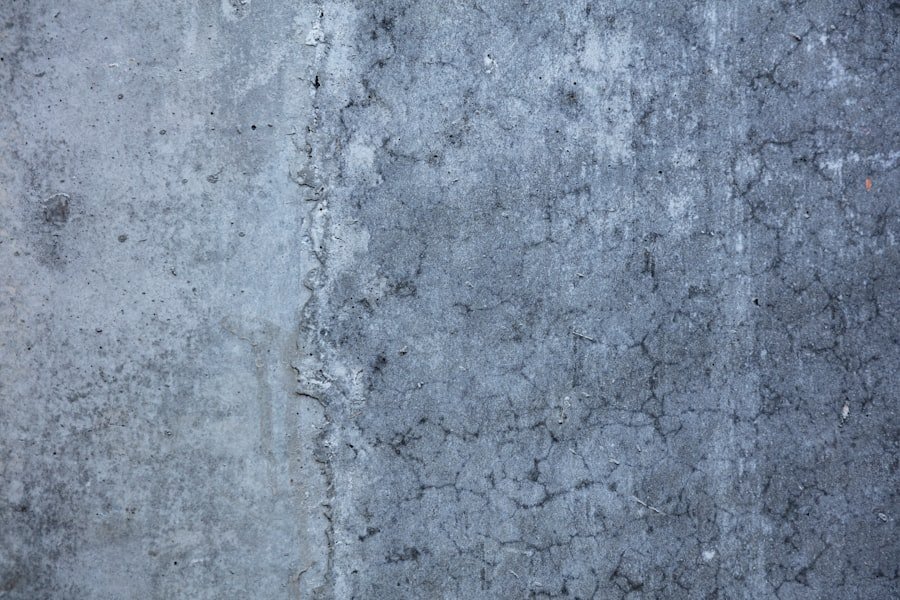The molcajete, a traditional Mexican mortar and pestle, is an essential kitchen tool that has been used for centuries. Crafted from volcanic rock, this ancient utensil is not only functional but also steeped in cultural significance. The molcajete’s rough surface allows for effective grinding and mixing of various ingredients, making it a staple in Mexican cuisine.
Its design, which often features three sturdy legs, provides stability while allowing the user to exert force when grinding. The molcajete is more than just a cooking tool; it embodies a connection to the past, representing the culinary traditions of indigenous peoples who have utilized similar tools for millennia. In contemporary kitchens, the molcajete has gained popularity beyond its traditional uses.
Chefs and home cooks alike appreciate its ability to enhance flavors through the grinding process, which releases essential oils and aromas from herbs and spices. The tactile experience of using a molcajete also adds a sensory dimension to cooking, allowing individuals to engage more deeply with their ingredients. Whether preparing salsas, guacamole, or spice blends, the molcajete serves as a bridge between ancient culinary practices and modern gastronomy, making it a cherished item in many households.
Key Takeaways
- The molcajete is a traditional Mexican mortar and pestle made from volcanic rock, used for grinding and mixing ingredients.
- When choosing ingredients for the molcajete, opt for fresh and high-quality produce, such as tomatoes, onions, garlic, and chilies.
- Before using the molcajete, it should be seasoned by grinding uncooked rice or corn to remove any loose grit and smooth out the surface.
- To season the molcajete, grind a mixture of garlic, salt, and pepper to infuse the stone with flavor and create a non-stick surface.
- When grinding and mixing ingredients in the molcajete, use a circular motion with the pestle to crush and blend the flavors together.
Choosing the Right Ingredients
Selecting the right ingredients is crucial when using a molcajete, as the quality and freshness of these components directly impact the final dish. For instance, when making guacamole, ripe avocados are essential. The ideal avocado should yield slightly to gentle pressure, indicating that it is perfectly ripe and ready for mashing.
Additionally, fresh lime juice adds brightness and acidity, while finely chopped cilantro and diced onions contribute layers of flavor. When it comes to spices, whole seeds such as cumin or coriander should be preferred over pre-ground versions, as they offer a more robust flavor profile when freshly ground. In the case of salsas, tomatoes are a key ingredient that should not be overlooked.
Ripe, juicy tomatoes provide the necessary sweetness and acidity that balance the heat from chiles. Varieties such as Roma or vine-ripened tomatoes are often favored for their rich flavor and meaty texture. When selecting chiles, consider using a mix of fresh and dried varieties to achieve depth in flavor.
For example, combining fresh jalapeños with dried chipotle can create a complex salsa that balances heat with smokiness. Ultimately, the choice of ingredients should reflect personal taste preferences while honoring traditional recipes.
Preparing the Molcajete

Before using a molcajete for the first time, it is essential to prepare it properly to ensure optimal performance and flavor extraction. New molcajetes often come with a rough surface that can impart unwanted grit into food if not seasoned correctly. To prepare the molcajete, start by rinsing it with warm water to remove any dust or debris from manufacturing.
Next, create a paste using uncooked white rice and water. Grind this mixture in the molcajete until it becomes a fine powder. This process helps to fill in any porous areas of the stone and removes any residual grit.
After grinding the rice paste, it is advisable to repeat this process with garlic cloves and salt. The garlic not only adds flavor but also helps to further smooth out the surface of the molcajete. Once this step is complete, rinse the molcajete thoroughly with warm water and allow it to air dry completely before using it for food preparation.
This initial preparation is crucial for ensuring that your molcajete is ready to deliver the best possible results when grinding herbs and spices. Source: Serious Eats
Seasoning the Molcajete
| Seasoning the Molcajete | Metrics |
|---|---|
| Time | 1-2 hours |
| Ingredients | Garlic, salt, rice, water |
| Process | Grinding, soaking, rinsing |
| Result | Enhanced flavor, reduced grittiness |
Seasoning a molcajete is an important step that enhances its functionality and longevity. The seasoning process involves creating a protective layer on the stone that prevents food from sticking and minimizes absorption of flavors from previous uses. To season your molcajete effectively, begin by grinding a mixture of coarse salt and dried herbs such as oregano or thyme.
This combination not only helps to smooth out any rough spots but also infuses the stone with aromatic flavors that will enhance future dishes. Once you have ground the salt and herbs into a fine paste, let it sit in the molcajete for several hours or overnight. This resting period allows the flavors to penetrate the stone more deeply.
Afterward, rinse the molcajete with warm water and dry it thoroughly. It is advisable to avoid using soap during this cleaning process, as soap can leave residues that may affect the taste of future preparations. Regular seasoning after each use will help maintain the integrity of your molcajete while ensuring that it continues to perform at its best.
Grinding and Mixing the Ingredients
The grinding process in a molcajete is both an art and a science, requiring practice to master. When grinding ingredients such as spices or herbs, it is important to use a firm but controlled pressure to achieve the desired consistency. Start by adding smaller quantities of ingredients to avoid overcrowding the bowl; this allows for better control over the grinding process.
For instance, when preparing a salsa verde, begin with tomatillos and jalapeños before adding garlic and cilantro gradually. The technique used in grinding can vary depending on the desired outcome. For a coarse texture, use a circular motion while applying pressure; for finer results, continue grinding until you reach your preferred consistency.
The unique texture of the molcajete’s surface aids in breaking down ingredients more effectively than smoother surfaces found in modern blenders or food processors. This method not only enhances flavor extraction but also allows for greater control over texture, making it ideal for creating rustic sauces or dips.
Serving and Presentation

Serving dishes prepared in a molcajete adds an authentic touch that elevates any meal. The rustic appearance of the stone vessel complements traditional Mexican cuisine beautifully. When presenting guacamole or salsa in a molcajete, consider garnishing with fresh herbs or slices of lime for added visual appeal.
The contrasting colors of vibrant green avocados against the dark stone create an inviting presentation that encourages sharing among guests. Additionally, serving directly from the molcajete keeps dishes warm longer due to the stone’s heat retention properties. This feature is particularly beneficial when serving hot salsas or sauces alongside grilled meats or tacos.
To enhance the dining experience further, consider pairing your dish with traditional accompaniments such as tortilla chips or freshly made tortillas placed on a colorful woven basket nearby. This not only creates an inviting atmosphere but also encourages guests to engage with their food in a communal manner.
Cleaning and Maintenance
Proper cleaning and maintenance of your molcajete are essential for preserving its functionality and extending its lifespan. After each use, allow any leftover food particles to dry before attempting to clean them out; this makes removal easier without damaging the stone surface. Use a stiff brush or sponge along with warm water to scrub away any residue gently.
Avoid using soap or harsh detergents, as these can seep into the porous stone and affect future flavors. For deeper cleaning, especially if you notice lingering odors or stains from strong ingredients like garlic or onion, consider grinding coarse salt with some water into a paste and scrubbing it into the surface of the molcajete. Rinse thoroughly afterward and allow it to air dry completely before storing it away.
Regular maintenance not only keeps your molcajete looking pristine but also ensures that it remains an effective tool for all your culinary endeavors.
Tips and Tricks for Using the Molcajete
To maximize your experience with a molcajete, there are several tips and tricks that can enhance both efficiency and flavor extraction during food preparation. One effective strategy is to toast spices lightly before grinding them in the molcajete; this process releases essential oils and intensifies their flavors significantly. Simply heat them in a dry skillet until fragrant before transferring them to your mortar for grinding.
Another useful tip is to experiment with different textures by adjusting your grinding technique based on what you are preparing. For instance, when making pesto or other herb-based sauces, consider using a combination of grinding motions—start with a rough chop followed by circular grinding—to achieve a balanced consistency that retains some texture while still being cohesive enough for spreading or dipping. Lastly, don’t hesitate to explore beyond traditional uses; try using your molcajete for making dressings or marinades by combining oil, vinegar, herbs, and spices directly in the stone bowl.
The result will be an infusion of flavors that cannot be replicated by modern appliances alone. Embracing creativity while utilizing this ancient tool can lead to delightful culinary discoveries that honor both tradition and innovation in cooking.
